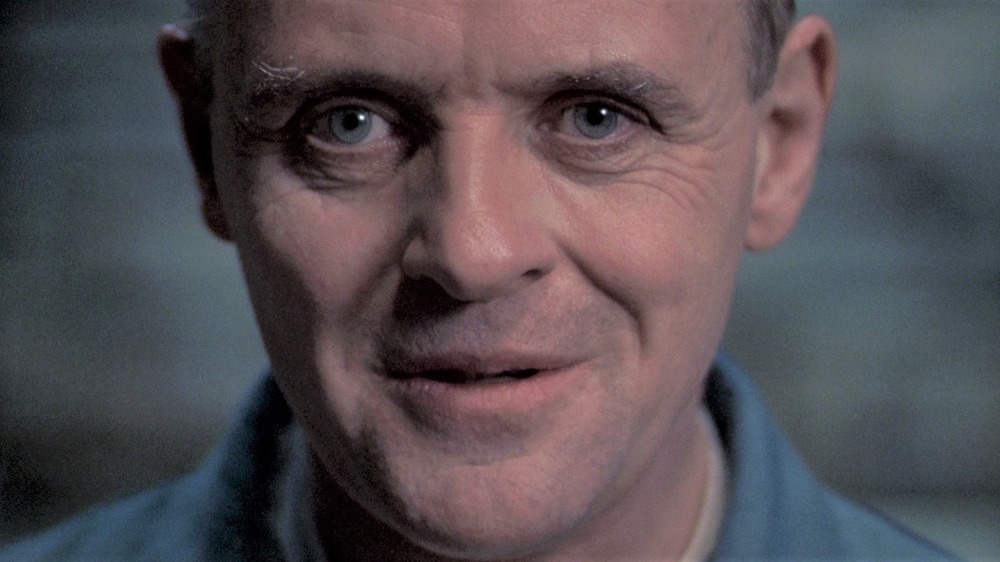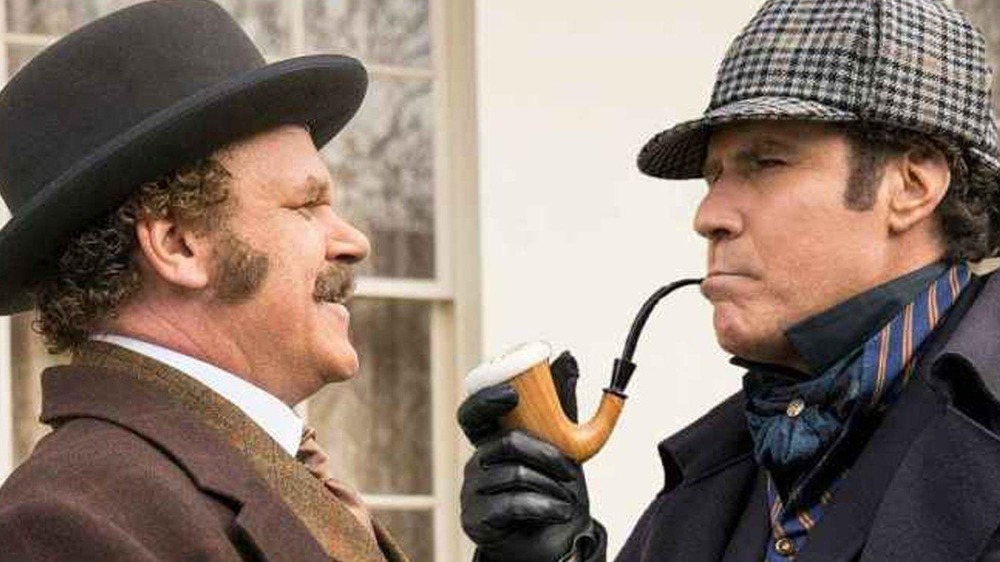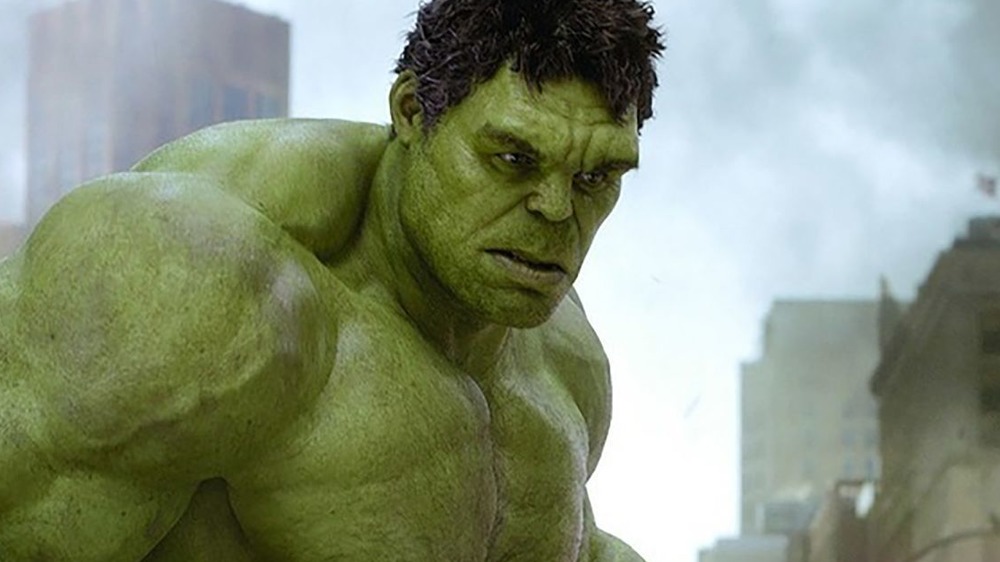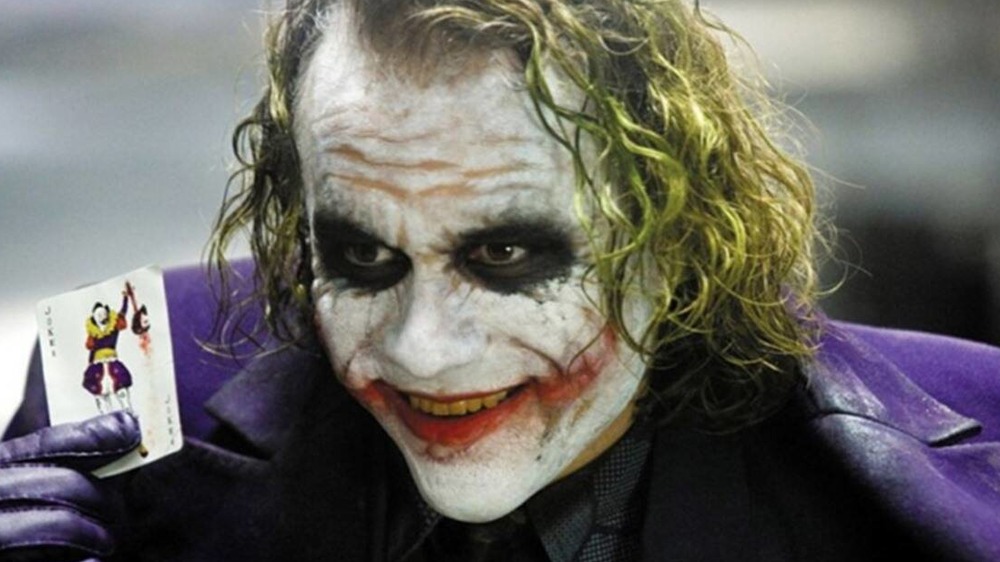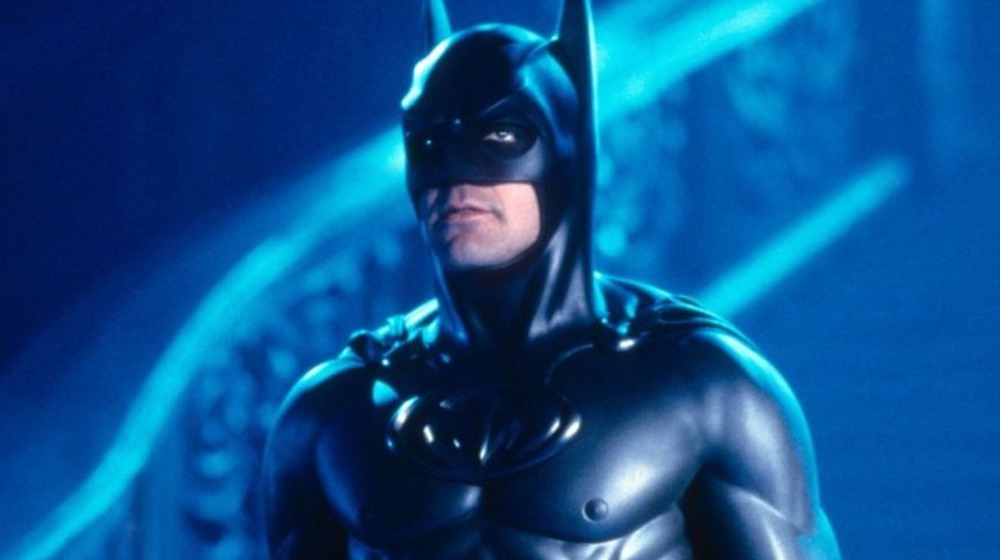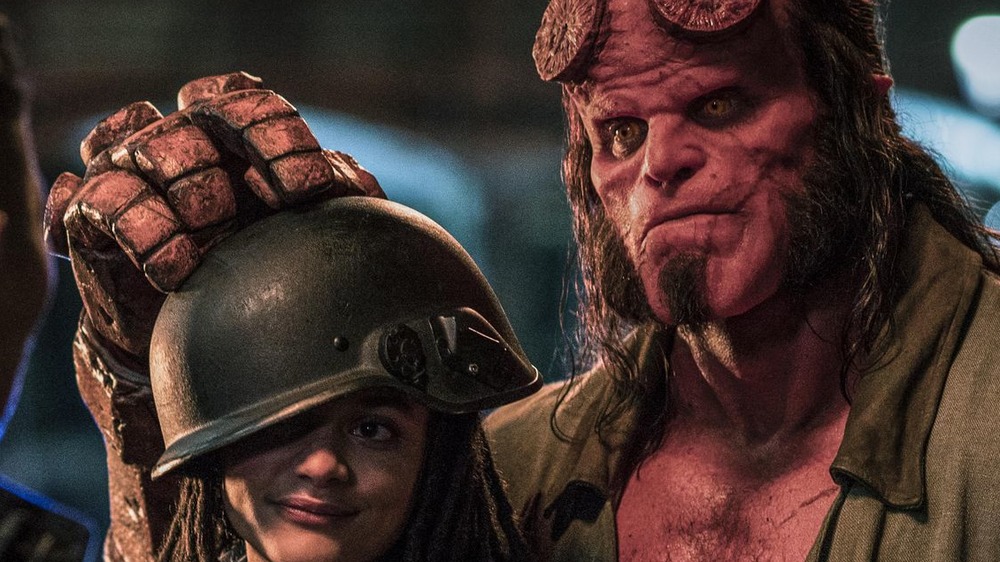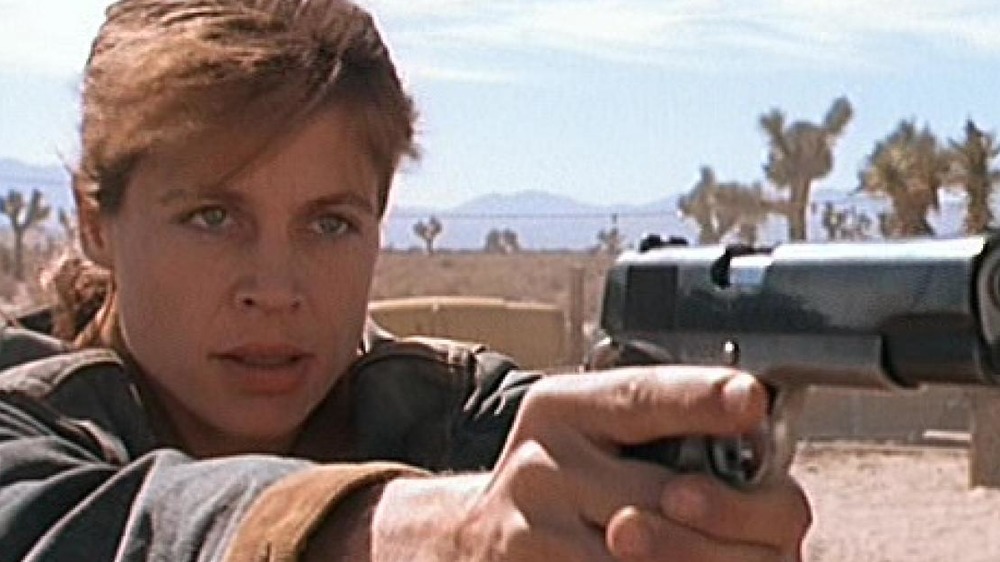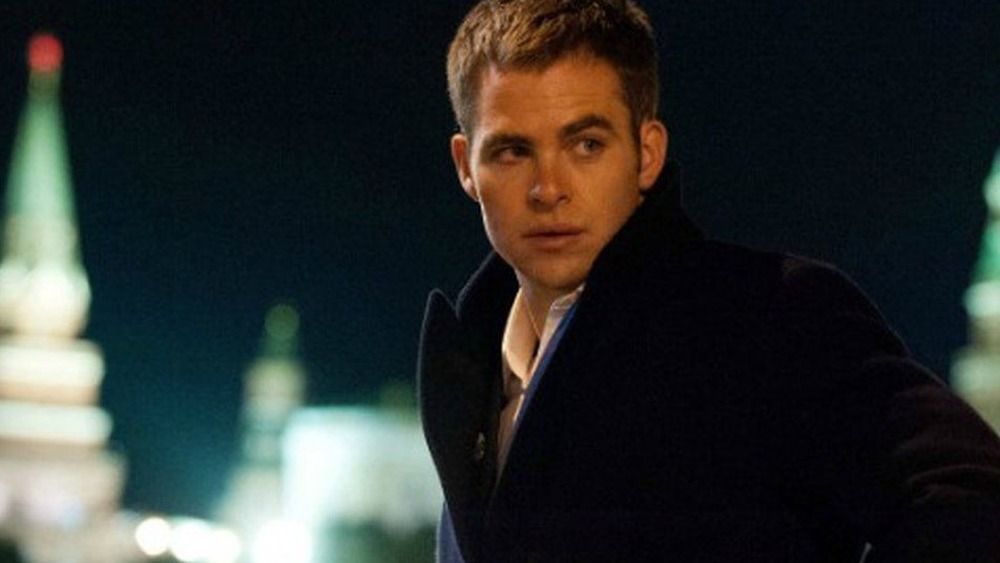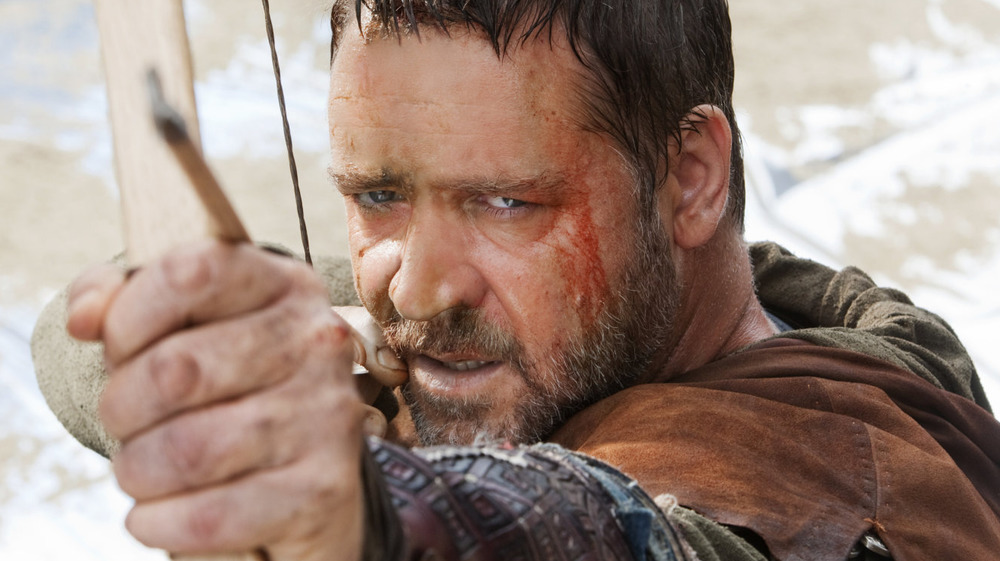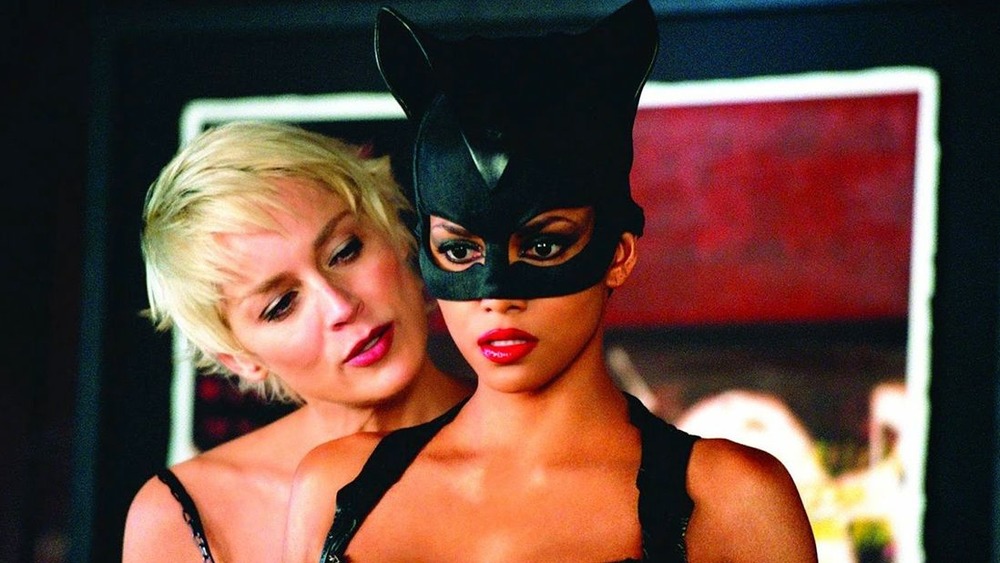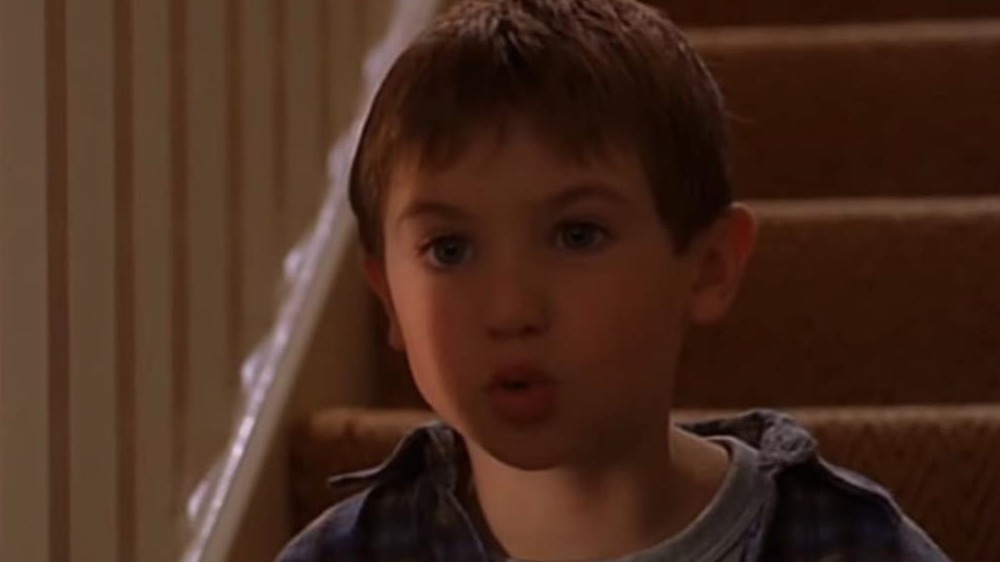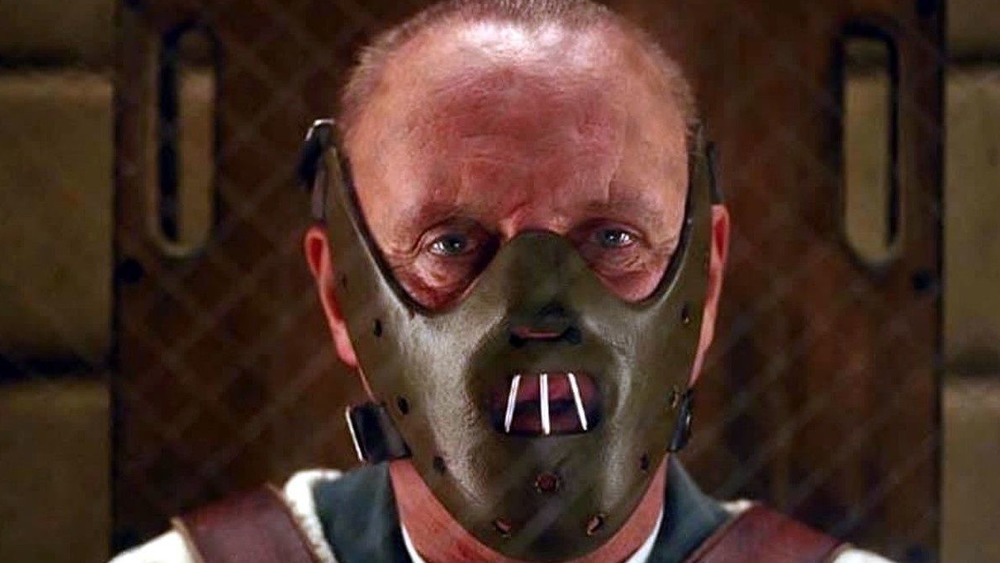Times Audiences Loved Or Rejected Different Versions Of The Same Character
Characters have replaced movie stars as butts-in-seats draws. Moviegoers won't show up to see a movie just because Johnny Depp (Dark Shadows) or Robert Downey Jr. (Doolittle) are in it. But if Depp's playing Captain Jack Sparrow or Downey's playing Iron Man? Different story. Supply and demand is why movie studios gobble up intellectual property like kids on a sugar high, while original stories and star vehicles are increasingly relegated to streamers. It makes sense from a business perspective. Why risk a $100 million investment on an unproven commodity when you can invest $200 million on characters with built-in fanbases?
However, while moviegoers are more likely to spend money to watch Chris Hemsworth play Thor than, say, Nicholas Hathaway (his character in 2015's Blackhat, fyi), that doesn't mean every character is money, especially when played by different actors. Picking the perfect actor for a character — especially one that already has passionate (and opinionated) fan base — is a fine art. What's even harder? Recasting that part once moviegoers already fell in love with this first guy. When studios nail it, you get Sean Connery and Daniel Craig as James Bond or Anthony Hopkins and Mads Mikkelsen as Dr. Hannibal Lecter. When they fail? You get some of the entries on this list. Here are the times audiences loved or rejected different versions of the same character!
It's elementary that Will Ferrell's Sherlock Holmes is horrible
Approximately 10,232,697 actors have played Sherlock Holmes. Actually, it's about 181 in 254 screen appearances, which is still a lot. With that many performers playing the brilliant detective from 221B Baker Street, you don't have to be a world-class sleuth to deduce that some are horrible. To be honest, we've been pretty spoiled with quality Sherlocks for some time, going all the way back to Basil Rathbone, with Benedict Cumberbatch, Henry Cavill, Robert Downey Jr., Jeremy Brett, and Barrie Ingham (Basil of Baker Street in The Great Mouse Detective) each making their mark. But not all have been so successful.
Roger Moore didn't have nearly as much success playing Sherlock Holmes as he did playing James Bond in 1976's made-for-TV movie Sherlock Holmes in New York (this despite the brilliant casting of John Huston as Prof. Moriarty). More recently, Will Ferrell's take on Sherlock in Holmes and Watson inspired a 10% critics' score and 25% audience score on Rotten Tomatoes, as well as a $41 million worldwide box office gross (even less than its modest $42 million budget). Needless to say, Ferrell not returning to the role is elementary.
Most versions of the Hulk make us angry
Despite being big and green, the Hulk has never earned a lot of green on the big screen, at least not on his own. For decades, the Hulk was most associated with bodybuilder Lou Ferrigno in green makeup. A ratings hit, Ferrigno played Hulk for five seasons on The Incredible Hulk, plus five TV movies. But following X-Men's profitable run and Spider-Man's record-breaking success in the early 2000s, it made sense that Marvel's Hulk should be next.
Alas, Ang Lee's ethereal, head-scratching Hulk earned a mediocre 62% critic's score, a dreadful 29% audience score on Rotten Tomatoes, and it bombed with $132 million domestically, less than Spider-Man earned in five days. Eric Bana's take on Bruce Banner (technically a computer program "played" Hulk) was fine, not fantastic. Casting Edward Norton as Bruce Banner seemed promising, but Norton's hubris was even bigger than the Hulk. Despite opening in the wake of Iron Man, The Incredible Hulk underwhelmed critically and bombed commercially, and Norton was out. Mark Ruffalo stepped into the torn purple pants, and his well-received take on the Hulk in the historically successful Avengers series, plus a critical role in Thor: Rangnorak, have led us to wonder — maybe the Hulk isn't "big" enough for more than a supporting role?
Timothy Dalton's 007 almost put Bond out of business
Everybody has their own, personal favorite James Bond, and it's Sean Connery. We kid, but there's no denying that the late Connery's cheeky yet macho take on Bond has continued to define the character decades after he last donned the tux. Some Bonds could beat you up (Daniel Craig), while others could steal your girl (Pierce Brosnan, Roger Moore). Connery seemed like he could do both. Most amazingly, you'd be totally okay with it because he was just so cool. So where do the also-ran James Bonds fit in?
Both George Lazenby's solo performance as Bond in 1969's On Her Majesty's Secret Service, and Timothy Dalton's two-fer in 1987's The Living Daylights and 1989's License to Kill were well-received. However, License to Kill's $34 million take was pretty mediocre, getting creamed during a historic summer, and nearly putting the franchise out of business according to The Hollywood Reporter. Timothy Dalton unfairly gets a bad wrap, as his darker, more choleric Bond was ahead of its time, preceding Daniel Craig's similar version by 17 years. However, following more than a decade of Roger Moore's highly successful, if playfully impudent, interpretation of the character, Dalton's dark Bond was too much, too soon for most moviegoers. It would be six years before Pierce Brosnan would bring Bond back to his winning box office ways in Goldeneye.
Getting the chance to play the Joker is no joke
Ever since Cesar Romero first splattered white greasepaint over his thick mustache in the 1960s Batman TV show, the Joker has given actors the opportunity to basically do whatever they want. Given the awards, box office glory, fan adulation, and just plain fun the part offers, it's no joke that the Joker has become a coveted role. The results have been almost uniformly spectacular ... almost. Jack Nicholson should've been nominated for an Academy Award for his portrayal of the Clown Prince of Crime in 1989's Batman. He wasn't, but he was probably content with the film's $411 million worldwide box office, a reported $50 million of which went to his bank account.
The late Heath Ledger didn't score the same deal for 2008's The Dark Knight, but he did score an Academy Award for Best Supporting Actor, while the movie made nearly $1 billion worldwide. Over ten years later, Joaquin Phoenix did even better, and this time without Batman, when Joker earned more than $1 billion worldwide and won Phoenix a Best Actor Oscar. Romero, Nicholson, Ledger, Phoenix. Seems like playing the Joker is a can't miss proposition. Yeah, about that. Despite already having an Academy Award to his credit, Jared Leto's ink-stained, grill-wearing, punk rock Joker gave moviegoers no reason to smile in 2016's reviled Suicide Squad. Maybe Leto will turn those frowns upside down when he returns for Zac Snyder's Justice League.
Even George Clooney hates his version of Batman
With $2.7 billion domestically and $6 billion worldwide, Batman may be the most bankable superhero ever. Sure, the MCU is all the rage these days, but only the Batman series has broken the opening weekend record four times (more than any other franchise), with three different directors (Tim Burton, Joel Schumacher, Christopher Nolan) and three different actors (Michael Keaton, Val Kilmer, Christian Bale) achieving this milestone. That's serious consistency. Meanwhile, Adam West's tongue-in-cheek take in the campy 1960s show is iconic in its own right, while Bat-fleck (Batman + Ben Affleck) was surprisingly one of the few bright spots in the otherwise exhaustingly gloomy and dreary DCEU movies.
And then there's George Clooney in Batman & Robin.
Despite being one of the most acclaimed actors to play the Caped Crusader, he's also definitively the worst. Even Clooney doesn't shy away from this fact, telling GQ magazine, "When I say Batman & Robin's a terrible film, I always go, 'I was terrible in it.' Because I was..." Yes, you were, George. Yes, you were. But at least you're (Bat)man enough to admit it. That said, maybe an older, wiser, grayer George Clooney directing and starring in a film about a weathered, battle-worn Batman (ala The Dark Knight Returns) would be cool. Best not risk it, though.
David Harbour's Hellboy should be banished to the depths
Based on a cult comic book by Mike Mignola about the stone-fisted son of Satan, Hellboy was never going to be as big as Spider-Man, Batman, Superman, or Wonder Woman. Still, during the 2000s, following the Spider-Man series' historic success, every superhero was getting a movie. Why not Hellboy? Genre genius Guillermo del Toro was given the reigns and caused fan's hearts to flutter with the pitch-perfect casting of Ron Perlman in the part. While Hellboy (81% Tomatometer score) and Hellboy II: The Golden Army (86% Tomatometer score) won raves with critics, their $259 million total worldwide gross on a combined $142 million budget was underwhelming, causing two movie studios to abandon ship and del Toro to abandon his dreams of completing his trilogy. Maybe a fresh perspective was needed?
Over a decade later, Stranger Things' standout David Harbour donned the red skin-suit for the 2019 Hellboy franchise reboot that wasn't, which critics burned at the stake with an 18% Tomatometer score (just switch the numbers from the first Hellboy's score) and moviegoers killed with $53 million worldwide on a $50 million budget. With three strikeouts at the box office, it's clear Hellboy isn't popular enough with mainstream moviegoers to justify a multimillion budget. However, the huge drop-off both critically and commercially just goes to show how much more audiences liked Perlman's Hellboy over Harbour's.
No other Sarah Connor can touch Linda Hamilton
The Terminator series is associated with Arnold Schwarzenegger, who got above-the-title billing in five of the six movies. Even the movie he "wasn't" in, 2009's Terminator: Salvation, still featured his iconic T-800 as a CG character, for which he was probably paid handsomely for exactly 0.0 hours of actual work. Must be nice. That said, the heart and soul of The Terminator series is Sarah Connor. As played by Linda Hamilton, Sarah Connor transformed from a non-traditional horror movie heroine in 1984's The Terminator to a badass mama bear in 1991's Terminator 2: Judgment Day.
We won't waste your time, or melt your brain, trying to explain how Connor was dead at the beginning of Terminator 3: Rise of the Machines but alive for Terminator Genisys and Terminator: Dark Fate, as well as TV's T2 sequel Terminator: The Sarah Connor Chronicles. We'll just say the filmmakers use "because time travel" a lot in this franchise. Linda Hamilton is the OG Sarah Connor, and she's never been bettered. However, Lena Headey portrayed Connor with the prerequisite gun-toting grit and gravitas in the well-received Chronicles. The same can't be said for Headey's future Game of Thrones co-star Emilia Clarke, as the Mother of Dragons couldn't convincingly play the leader of a robot-fighting rebellion, making Genisys the worst entry in the once-great series. The damage was done and not even Hamilton's return in Dark Fate could save The Terminator from judgment day.
Chris Pine turned Jack Ryan into Generic Action Man
Chances are your dad owns at least one of Tom Clancy's Jack Ryan books. USMC veteran, CIA agent, and eventually president, Ryan's the kind of guy every parent wants their son to be, and every actor wants to play. Alec Baldwin got first dibs, and his cerebral performance helped power 1990's The Hunt For Red October to $200 million worldwide on a $30 million budget. Baldwin bowed out, and Harrison Ford tagged in for 1992's Patriot Games and 1994's Clear and Present Danger, which earned a total of $385 million worldwide on combined budgets of $107 million. Of course, in this era, Ford eating Cheerios was guaranteed to make money. A post-Pearl Harbor, pre-Gigli Ben Affleck played Jack Ryan eight years later in The Sum of All Fears, scoring another hit with $193 million worldwide but surprisingly no sequel.
After four hits with three stars, Jack Ryan seemed unstoppable ... then came 2014's would-be reboot Jack Ryan: Shadow Recruit. Including Jack Ryan in the title showed just what kinda movie this was — not a "thinking man's thriller" but Generic Action Man® branded as Jack Ryan. With Chris Pine's milquetoast lead performance and Kenneth Branagh's paint-by-numbers direction, Shadow Recruit became the franchise's' first under-performer, earning a series low 54% Tomatometer score and $131 million worldwide on a $60 million budget, profitable but barely. Since 2018, John Krasinski has played Jack Ryan for Amazon Prime's reasonably well-received Tom Clancy's Jack Ryan.
Recent Robin Hoods have missed the mark
Historians are uncertain if a real Robin Hood actually existed, but ballads of a daring yeoman who lived in Sherwood Forest began appearing in 14th- and 15th-century ballads. Storytellers have been hooked ever since. Perhaps the most famous big-screen adaptation was 1938's Technicolor masterpiece The Adventures of Robin Hood, starring classic Hollywood's most famous cinematic swashbuckler Errol Flynn in the title role, Basil Rathbone as Guy of Gisborne, and Olivia de Havilland as Maid Marian. Other famous faces have played Robin Hood through the years, including Sean Connery in Robin and Marian, Cary Elwes in Robin Hood: Men In Tights, and Kevin Costner in Robin Hood: Prince of Thieves.
Despite Costner being arguably the worst Robin Hood (his pseudo-English accent would bring a linguist to tears), his version is probably the most financially successful. Following his 1990 triumph Dances with Wolves, Robin Hood: Prince of Thieves earned an amazing $390 million worldwide in 1991. However, it's been downhill for the character ever since. The combined might of Ridley Scott, Cate Blanchett, and Russell Crowe couldn't save Robin Hood from underwhelming in 2010, though its $322 million worldwide wouldn't have been bad if not for the absurd $210 million price tag. Robin Hood in 2018 had no such excuse. With Taron Egerton in the title role and Jamie Foxx as Little John, Robin Hood bombed hard with $85 million worldwide on a $99 million budget. Talk about missing the mark.
Halle Berry's Catwoman stunk worse than kitty litter
Batman's nemesis/on-again, off-again lover Catwoman is one of the most famous villains in his rogues gallery. Like the Joker is for actors, Catwoman gives actresses the opportunity to let loose. Julie Newmar was the first actress to play Catwoman, and her iconic 1966-1967 run on the Batman TV show is considered the standard, even if it was purr-posefully campy. Eartha Kitt took over in the show's final season, and Lee Meriweather played Catwoman in the 1966 movie, and both gave feline performances.
Michelle Pfeiffer pretty much stole the show as Catwoman in Batman Returns, not easy to do when your co-stars are Michael Keaton, Danny DeVito, and Christopher Walken. While Anne Hathaway's performance in 2012's The Dark Knight Rises was more low-key than the rest, it was still a solid take on Selina Kyle. The only Catwoman that belongs in kitty litter was the notoriously awful 2004 film starring Halle Berry. While critics called her the film's "lone bright spot," it wasn't enough to save it from a 9% critic's score on Rotten Tomatoes and $82 million worldwide on a $100 million budget. Here's hoping Zoë Kravitz joins the ranks of great Catwomen with her take in 2022's The Batman.
The role of Kevin McCallister should be left alone
Never has an actor been more closely associated with a character than Macaulay Culkin was with Kevin McCallister. With $285 million domestically and $476 million worldwide, Home Alone stood all alone atop 1990's end-of-year box office charts. While Home Alone 2: Lost In New York saw a notable drop-off from the first, its box office take of $173 million domestically and $358 million worldwide on a chump change budget of $30 million was nothing to sneeze at. With just two films, Macaulay Culkin's Kevin McCallister made enough money to afford a huge mansion in the Chicago suburbs and fly his entire family to France (seriously, what did his dad do?). But then ... nothing.
While we never saw Culkin officially play Kevin McCallister again (he did show up as a grownup in a 2018 Google commercial), it wasn't the last time we saw Kevin McCallister on-screen. Wait, what? Yep, ten years after Culkin last played the character, Kevin McCallister returned in 2002's made-for-TV movie Home Alone 4: Taking Back the House, this time with Michael Weinberg playing the booby trap-laying cherub. We're going to be honest, we had no idea this movie even happened, and now we're not happy about it. Viewers at the time weren't impressed, either, as its audience Tomatometer score is a rotten 24%. To paraphrase the real OG Kevin McCallister, "Dude, your movie. Woof!"
Anthony Hopkins' Hannibal is America's favorite cannibal
Anthony Hopkins and Hannibal Lecter go together like fava beans and chianti. Hopkins' take on Hannibal is "America's favorite cannibal," impressive considering that other actors also did masterful work in the role. While Brian Cox was excellently understated in Michael Mann's neon-drenched Red Dragon adaptation, Manhunter, his small role couldn't save the film from failing with $8 million worldwide.
Producers went back to the drawing board, resulting in Jonathan Demme's brilliant, modern gothic horror film, The Silence of the Lambs. Five Oscars (including Hopkins' Best Actor award) and $275 million worldwide later, The Silence of the Lambs established Hopkins as the definitive Hannibal the cannibal. Hopkins made his much-anticipated return in 2001's sequel Hannibal and 2002's prequel Red Dragon, earning $350 million and $206 million worldwide, respectively.
No other Hannibal actor has been nearly as successful, at least commercially. However, with an average 92% Tomatometer score, Mads Mikkelsen's hypnotic Hannibal gives Hopkins a run for his money, though the gorgeously gory, avant-garde show failed to find an audience on NBC and was cancelled after just three seasons. The totally unnecessary prequel, Hannibal Rising, starring Gaspard Ulliel failed on every level in 2007, earning a horrifying 16% Tomatometer score and bombing with $80 million worldwide on a $50 million budget. Whoever thought that was a good idea belongs in the Baltimore State Hospital for the Criminally Insane.
